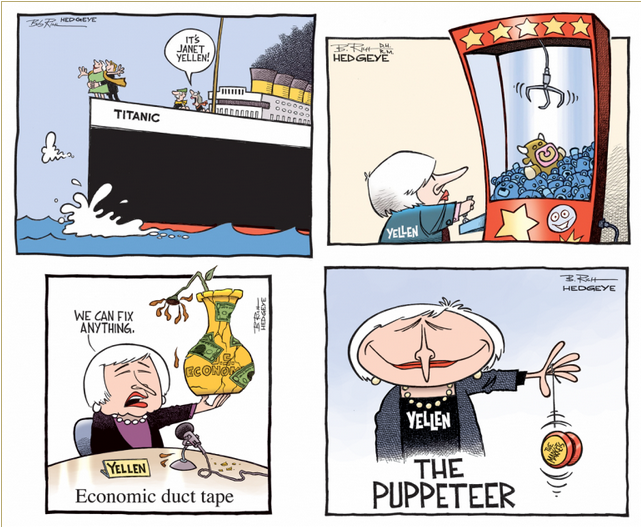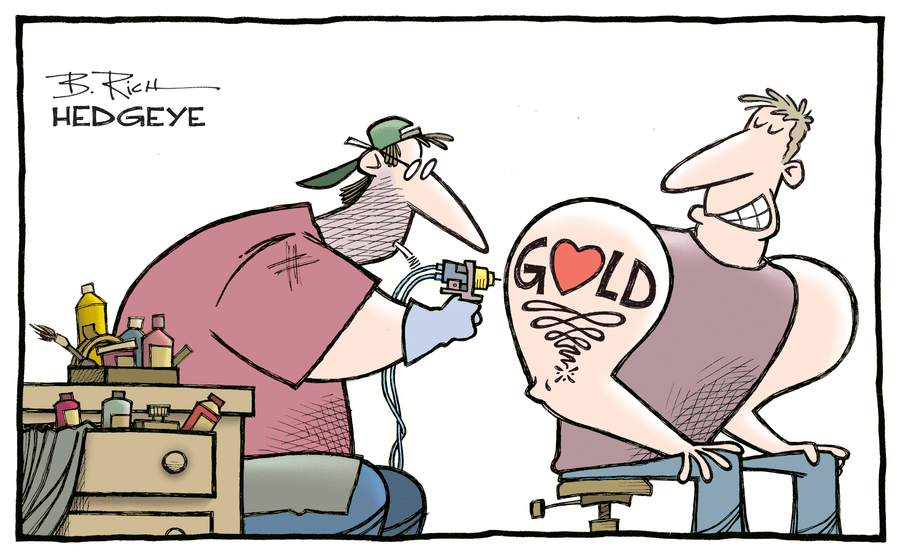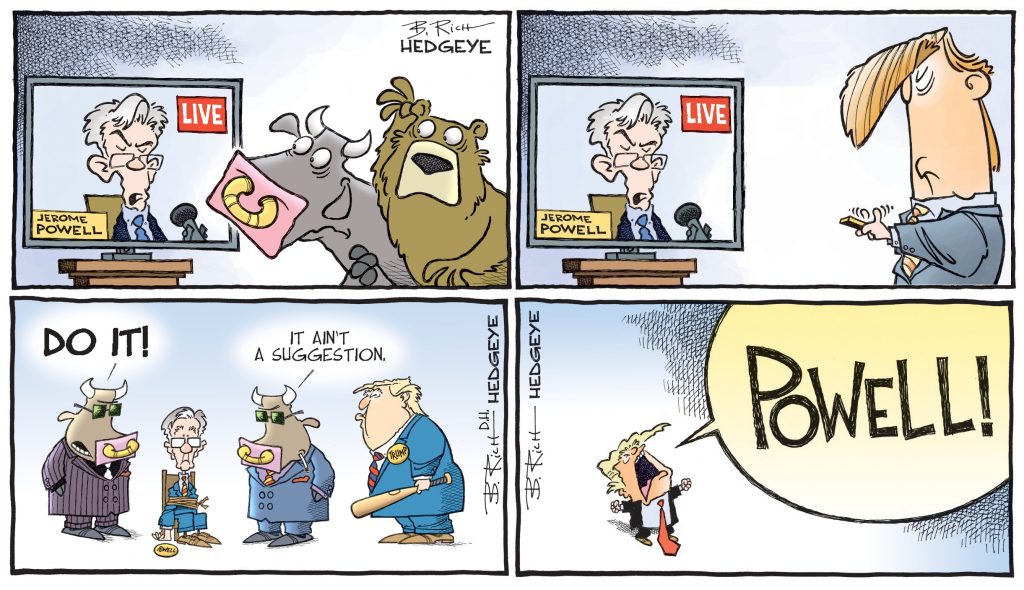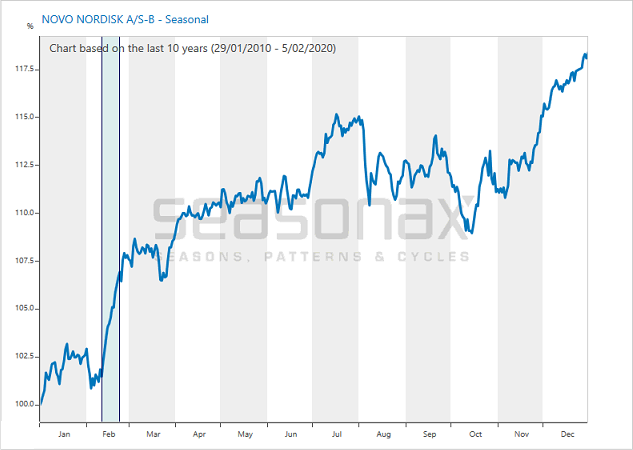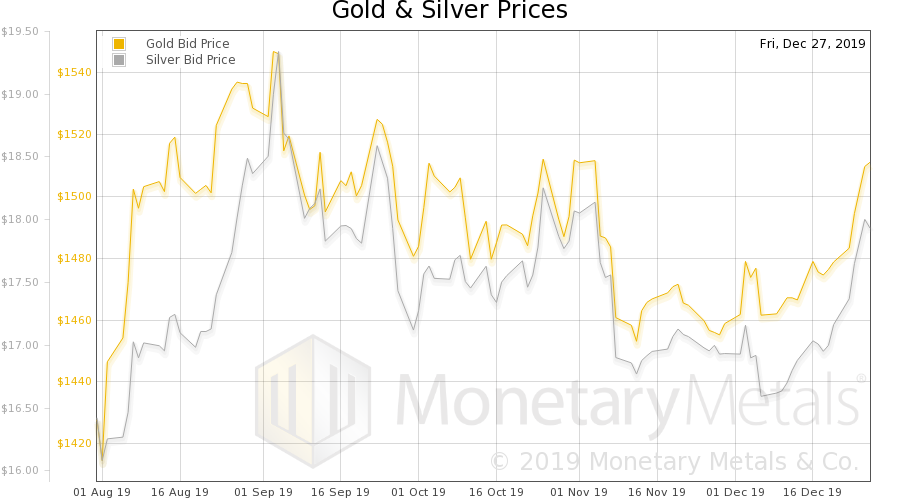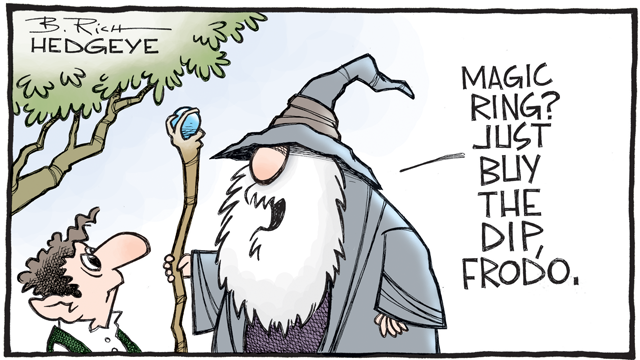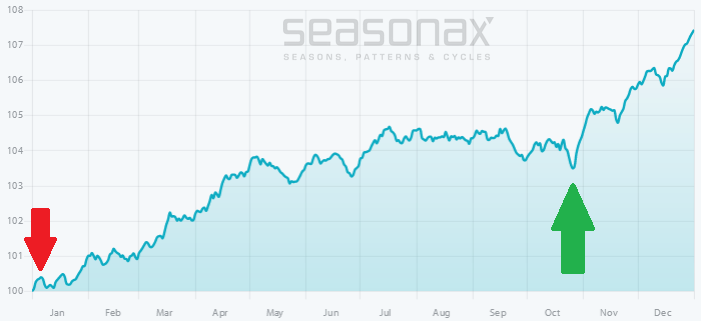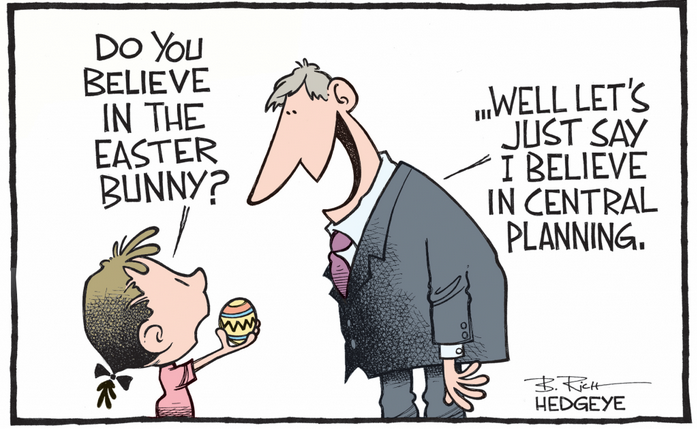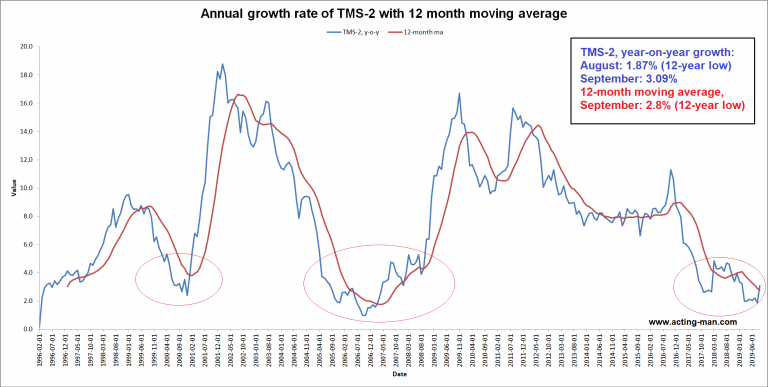Actions and ReactionsDown markets, like up markets, are both dazzling and delightful. The shock and awe of near back-to-back 1,000 point Dow Jones Industrial Average (DJIA) free-falls is indeed spectacular. There are many reasons to revel in it. Today we shall share a few. To begin, losing money in a multi-day stock market dump is no fun at all. We’d rather get our teeth drilled by a dentist. Still, a rapid selloff has many positive qualities. |
|
| For example, the days following a market correction are full of restoration and redemption. Like the prayer of Saint Francis of Assisi, Tuesday’s 567 point DJIA bounce brought hope where there was despair, light where there was darkness, and joy where there was sadness. President Trump even acknowledged that his powers over the stock market are less than omnipotent.
From a practical standpoint, a market correction clarifies that we live in a world that is exacting and just, as opposed to a fabricated fantasy. A stock market purge demonstrates that the central planners haven’t entirely broken the markets just yet. Markets still go both up and down. This important detail is always forgotten at the worst possible time. The stock market purge also clarifies that Fed actions provoke reactions. The Fed’s rate raising and quantitative tightening efforts are having an effect. After pumping stock and credit markets up for the last decade they are now, by design, deflating them. What a delicate and unnecessary game these central bankers play. |
US Treasury Yield Index and Total Assets of Federal Banks, Mar 2015 - Feb 2018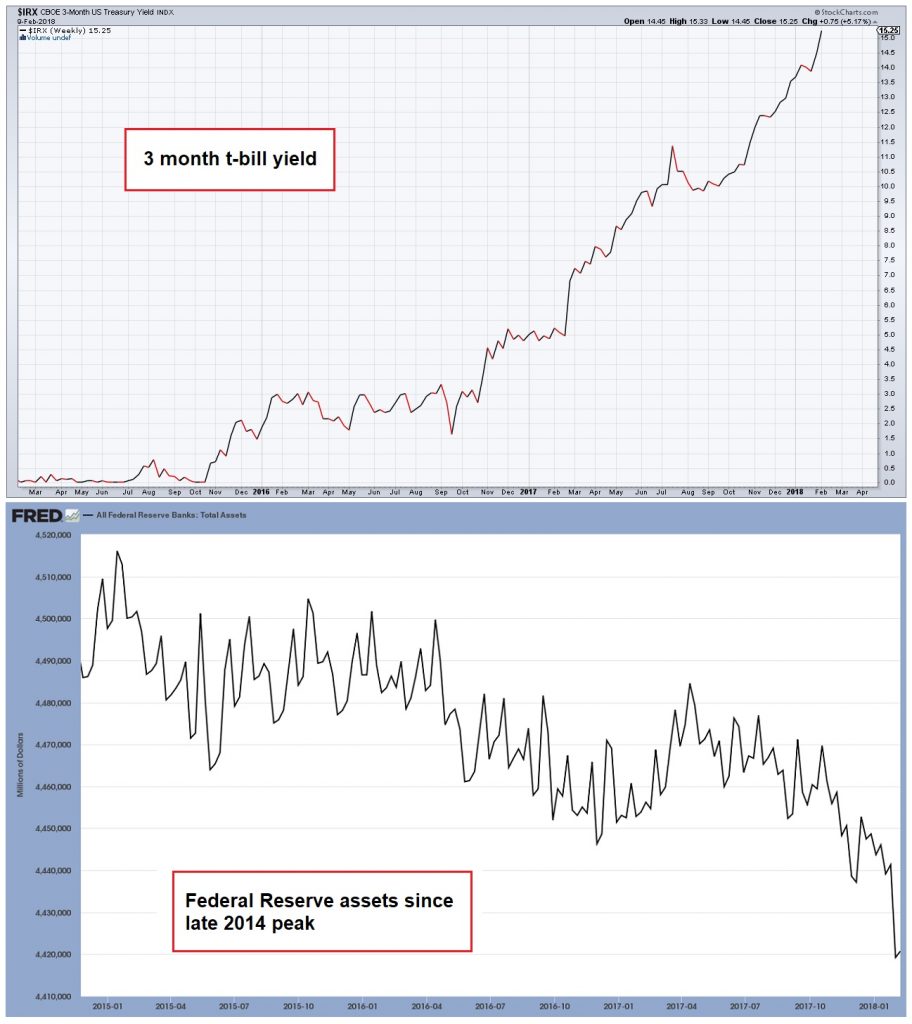 The tree month t-bill yield and total assets held by the Federal Reserve system – moving in opposite directions. - Click to enlarge Amazingly, many market participants seem to believe that when these data change direction, the stock market will remain unaffected. That is probably wishful thinking. |
Sick MarketsCentral planners relentlessly endeavor to control the future and improve upon it before it even comes into existence. But how do they know what an improved future would be? Is it one with higher stock prices? Is it one with a lower rate of unemployment? Moreover, how do they know how to bring it to fruition? The sweat off a central banker’s brow is for the purpose of making the future predictably bland for their member banks. So they can mint money by borrowing short and lending long without fail. Attempting to tame credit markets is one way they strive to achieve this. These efforts are futile and destructive. Perhaps they can push out the growth phase of the business cycle. But, in so doing, they encourage layers upon layers of bad decisions, including massive debt based malinvestment, to stack up across the landscape until the world is greatly at odds with itself. They can’t accept that the future is always veiled with uncertainty. No one really knows what tomorrow will bring. This is a universal fact of humanity. Attempting to control the future in ways that are against its natural tendencies will lead to market distortions and lopsided economies. The story of this nine-year bull market is a story of extreme market intervention by central bankers. The Federal Reserve, the European Central Bank, the Bank of Japan, and the People’s Bank of China have all executed innumerable dirty deeds in their efforts to improve the future. Some central banks, like the Bank of Japan, actually used the money they conjured into existence to buy stocks. Has all this extreme monetary policy intervention produced a healthy free-functioning market? Or has it done the exact opposite? Here we look to philosopher Dr. Daniel Cloud, and his work The Lily, for edification:
|
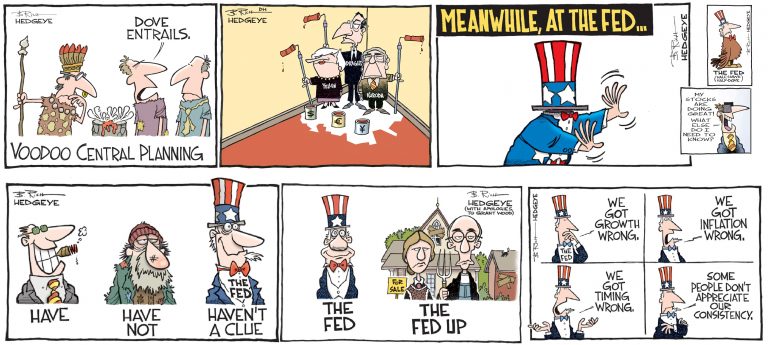 Central planners and their hard-won reputation… amazingly, economists who generally agree that central economic planning is a bad idea, think money is magically excepted from this rule. - Click to enlarge Could it be they don’t want to bite the hand that feeds them? |
What Kind of Stock Market Purge Is This?This week’s market disorder revealed how the Fed’s efforts to plan financial markets have produced an abundance of mindless lemmings. These lemmings saw the mirage of a predictably bland world which the Fed’s abundance of liquidity had fabricated, and extrapolated it out into the future. Years of being rewarded for making poor decisions validated their distorted market perception. Several months ago, in an article titled The Complete Idiot’s Guide for Being an Idiot, we offered a simple guide that included three prevailing idiot behaviors. One of these idiot behaviors we noted was shorting the CBOE Volatility Index (VIX) at sub-10. On Monday, after years of mindless success, selling the VIX self-destructed in spectacular fashion. One retail product for shorting the VIX, the Velocity Shares Daily Inverse VIX Short-Term exchange-traded note (with the ever clever reverse ticker symbol XIV), fell roughly 85 percent in after-hours on Monday and closed down 93 percent on Tuesday. According to Credit Suisse, XIV will be shut down on February 20. From a broader perspective, things have taken a dramatic turn since the DJIA record close of 26,616 on January 26 – just two weeks ago. The DJIA has dropped over 10 percent and suddenly the world seems less certain. Stocks look to be on shaky footing. Volatility is back from the dead. The yield on the 10-Year Treasury note is over 2.85 percent. GDP may not be as robust as advertised. |
Dow Jones Industrial Average Index, Apr 2017 - Feb 2018(see more posts on Dow Jones Industrial Average, )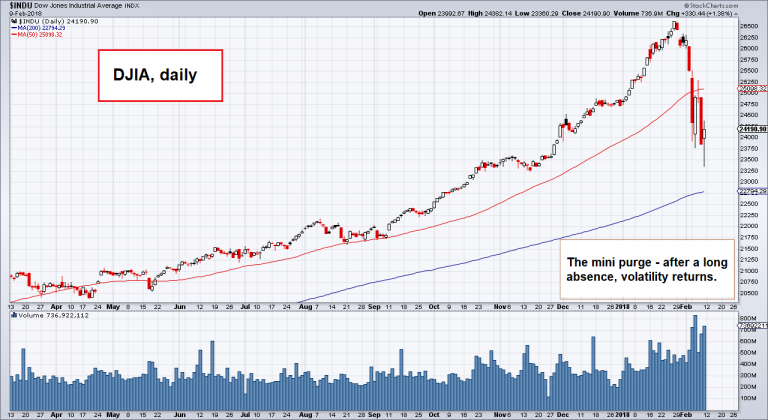 After serenely bubbling higher in small daily increments for two full years amid the lowest volatility in market history, the venerable Dow Jones Industrial Average is beginning to misbehave. - Click to enlarge Is it just another warning shot, or something worse? Only time will tell, but it certainly feels ominous. |
What is also unclear is just what kind of stock market purge this is. Is it that of mid-2015 to early-2016, where the DJIA fell 12 percent before quickly resuming its uptrend? Or is it that of late-2007 to early-2009, where the DJIA fell 50 percent coinciding with the dark days of the Great Recession?
In other words, is it a garden variety stock market correction? Or is it the start of a brutal bear market that wipes out portfolios and blows up investment funds? Quite frankly, it is too early to tell. We may have to wait six months for the real answer. But if yesterday’s panic is any indication, this looks to be the latter.
Full story here Are you the author? Previous post See more for Next postTags: Dow Jones Industrial Average,newslettersent,On Economy,The Stock Market
























